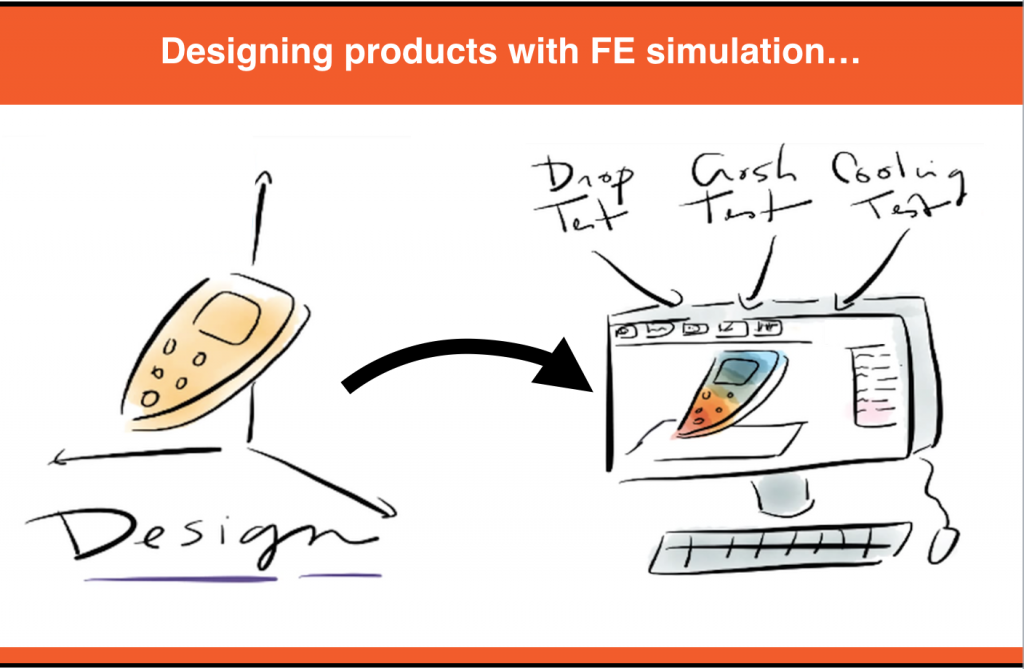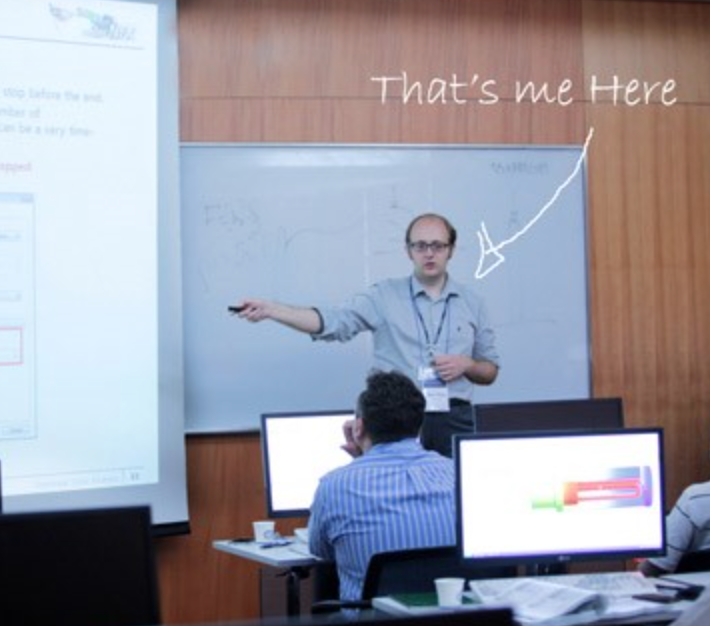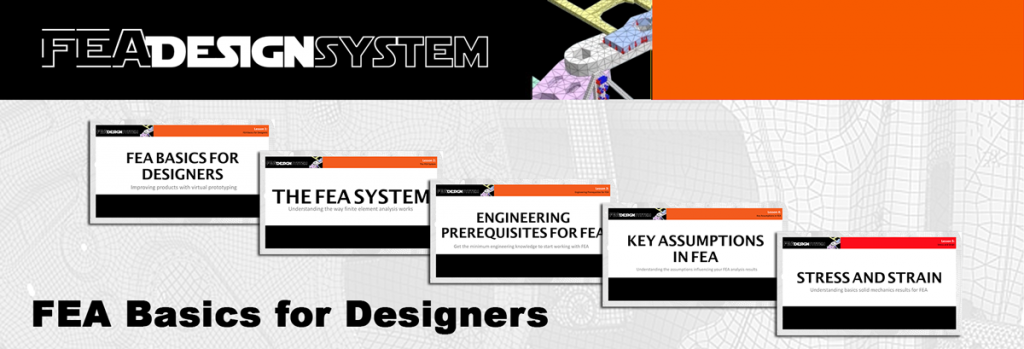
When I started doing FEA, I needed to do two very specific things:
I needed to simulate new and innovative product designs and I needed to get important results from them.
But when I started to learn, everything seemed more complex
I didn’t understand where FEA came from…
I didn’t understand the theory behind too much…
I didn’t even make too much the difference between FEA and CAD modeling…
In one word…
There was a lot of things to learn, I was overwhelmed and it didn’t make much sense to me.
I didn’t know WHERE TO START
There are well-known studies talking about analysis paralysis… it happens generally when you over-think a situation and then it paralyzes you because you are not sure about the decisions you have to take.
I think it happens very frequently to beginners doing FEA simulation…
And I was in that case…
How was I able to switch from paralysis to action and become able to simulate almost any FEA model?
Well… I have to be frank…It didn’t happen at once!
After doing, trying and reading A LOT of books about the topic, FEA simulation finally started to become coherent and to « make sense ».
I started to see the real PURPOSE of FEA.
I started to understand the system behind it and how to use this system to analyze quickly and accurately any of my FEA models.
In fact, this knowledge was easy to understand and when it is compressed and explained clearly, your knowledge about FEA just skyrocket.
Knowing all that doesn’t only make you more proficient in FEA (because obviously, it does…)
It also helps a lot to improve your everyday motivation!
When you understand the beauty of the system, designing and analyzing products using FEA actually become fun!
Trying a bunch of tactics found on internet one by one may sometimes solve problems, but it doesn’t really make me better at understanding how FEA simulation really works.
I prefer much better understanding how FEA work as a system because the process then becomes repeatable and every iteration bring me closer to having great and accurate results that I can finally be proud of.
Why does no one explain how the FEA System works simply in « Grand » lectures?
I don’t know…. Seriously
I just feel that the guys who are the strongest in engineering don’t necessary have incredible skills to EXPLAIN what they actually do… they may « get it » with the experience, but they may not be able to formulate that clearly with understandable words to beginners
(It is the same for everything, by the way, you can be able to EXECUTE very well, and you can be very bad at explaining HOW you do it)
That’s also why I am focusing on building this course for you in a simple and understandable way!
Who am I by the way?

My name is Cyprien Rusu, I am a CAE engineer who wants to teach the right bases of FEA Simulation to designers, engineers and everyone aspiring to get it right!
Hundreds of FEA students followed my free FEA webinars on Youtube, read my blog articles on feaforall.com and joined my FEA courses to learn more and improve their understanding of FEA and become better engineers!
The FEA courses I create are the easiest to understand material available on the internet!
Introducing FEA Design System 2: FEA Basics for Designers

What is better in this course than in others?
My course has only one purpose: to make you understand very simple engineering concepts which are in fact very complex.
This course is not only filled with engineering knowledge, useful simulation tactics and strategies, it is also filled with interesting stories and examples that will make you understand more vividly FEA simulation while having fun.
I put a lot of efforts in reducing the complexity to make the concepts fun to learn about and understand.
What will this course bring to me?
- What FEA can do for you and where it comes from (lesson 1)
- 2 principles that have been used in the past by designers to create breakthrough technologies (lesson 1)
- How FEA software and technology changed with time (lesson 1)
- The difference between a CAD model and an FE model (lesson 1)
- A rock solid understanding of the basic principles of FEA and of the FEA system (lesson 2)
- The 3 ways the FEA System can help you to control your analysis (lesson 2)
- A simple and fun explanation of the FE method that you will never forget and that will help you to understand the more complex stuff later on (lesson 2)
- A simple review of some basics of mechanics to be sure that you understand the results you actually get through FEA (lesson 3)
- How to use free-body diagrams to evaluate the load distribution in a system (lesson 3)
- The benefits of closed-form calculation (lesson 3)
- The 5 categories of assumptions in FEA (lesson 4)
- How each assumption category influences your simulation results (lesson 4)
- Why we are making those assumptions and the power of assumption sensitivity (lesson 4)
- Where stress and strain are coming from and how they are calculated (lesson 5)
What other students say about me and my courses:

How can I join the course like them?
- Purchase the course by clicking on the Purchase button below
- You will be redirected to the paypal website where you have to enter either your paypal credentials or directly your credit card information if you do not have a paypal account
- After completing the purchase on paypal, you will receive an email with your student login and password
- Using these credentials, you can log into your courses section where you have a lifetime access to your course “FEA Design System 1: The Role of Simulation”
What if I join and I don’t like the course?
I have a zero-risk policy. If you don’t learn anything important in this course, or even if you simply decide it was not worth the investment, I’ll give you a 100% money-back guarantee up to 30 days after you purchased the course.

(In fact, you could even take the course, learn from it and then ask for a money-back and you would have it for free… but that wouldn’t be fair for me, so I hope that you won’t do that ;-) )